Designing for Impact: The Importance of Visual Merchandising in Showrooms

Visual merchandising is an art form that goes far beyond simply displaying products. In the context of showroom design, it plays a crucial role in influencing customer behavior, enhancing brand perception, and driving sales. At ShopConcept, we understand that successful showroom interior design relies heavily on effective visual merchandising strategies. When executed well, it creates a visually engaging environment that tells your brand’s story and invites customers to interact with your products.
Here’s why visual merchandising is essential in showroom design and how it impacts your business.
1. Creating a Strong First Impression
The moment a customer steps into your showroom, they form an impression of your brand. Visual merchandising helps shape this first impression by creating an inviting and aesthetically appealing space that aligns with your brand identity. A well-designed showroom interior captivates visitors, encouraging them to explore the space and engage with the products on display.
At ShopConcept, we design showrooms with the goal of making that first impression unforgettable, incorporating elements like focal displays, curated product arrangements, and strategic lighting to draw customers in.
Tip:
Use bold, attention-grabbing displays near the entrance to make an immediate impact and set the tone for the rest of the showroom design.
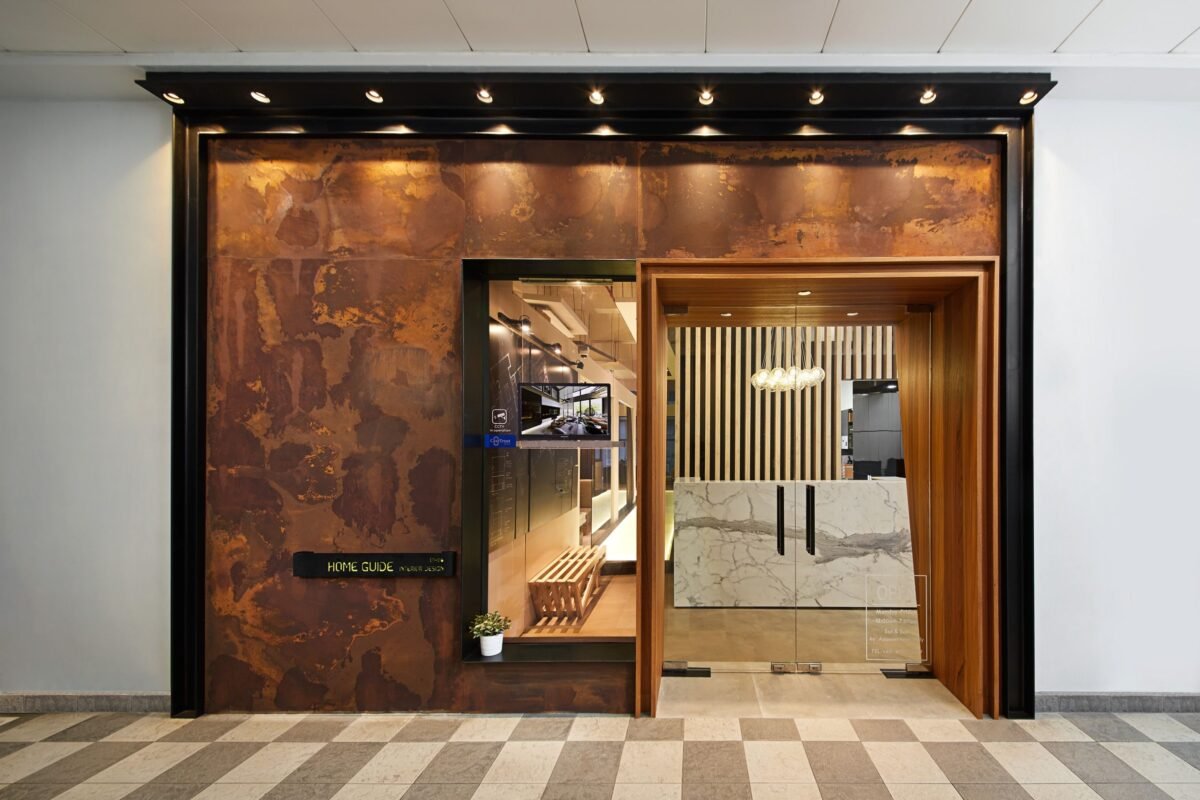
2. Guiding the Customer Journey
Visual merchandising plays a critical role in guiding the customer journey through the showroom interior design. Strategic product placement, directional signage, and focal points ensure that customers move seamlessly from one area to another, discovering key products along the way. The goal is to make the shopping experience intuitive and enjoyable, while also maximizing exposure to high-margin items.
By understanding customer behavior patterns, we design showrooms that guide visitors naturally from one product display to the next, creating a flow that encourages browsing and deeper engagement.
Tip:
Place your best-selling or new products at eye level and along high-traffic areas to ensure they get noticed first.
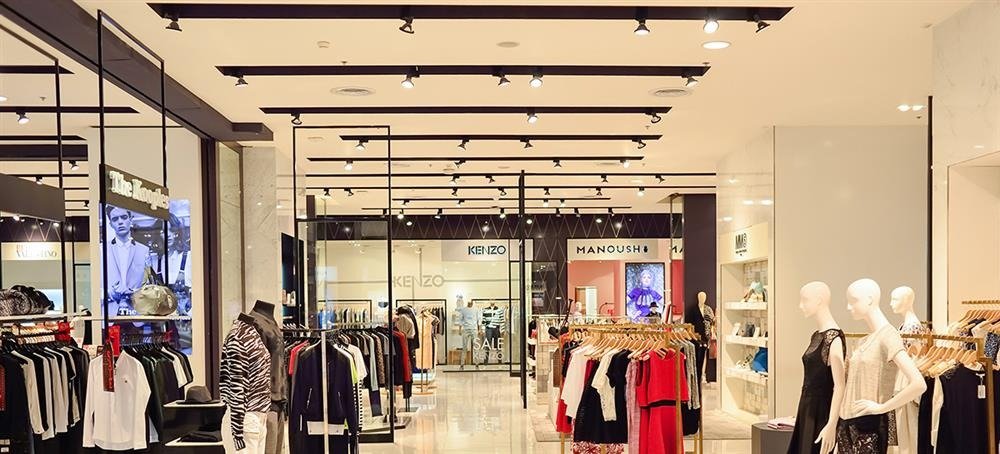
3. Enhancing Product Appeal
Effective visual merchandising highlights the unique features and benefits of each product. It goes beyond just showcasing items on a shelf; it involves presenting them in a way that captures the customer’s imagination. Whether it’s through creative displays, thematic arrangements, or product groupings, visual merchandising helps to tell a story that resonates with your target audience.
For example, if you’re designing a showroom for a home decor brand, creating a mock living space or dining area with curated products gives customers a vision of how the products could fit into their own lives. This type of immersive showroom interior design makes products more relatable and desirable.
Tip:
Group complementary products together in themed displays to inspire customers and encourage larger purchases.
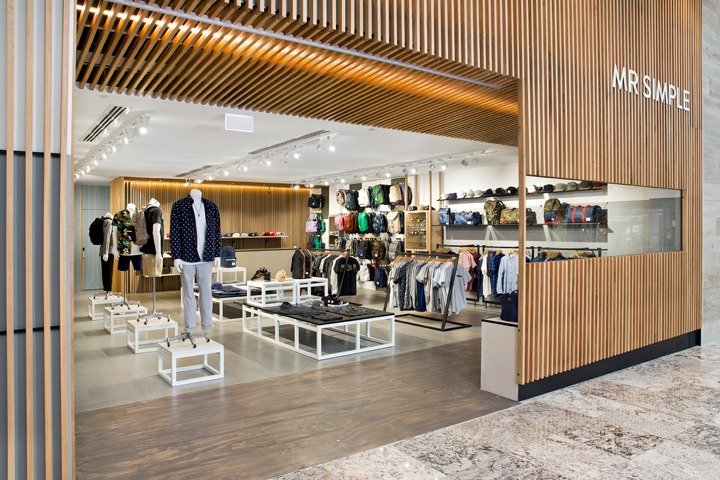
4. Creating Focal Points
Focal points are an essential aspect of showroom design, and visual merchandising helps create them effectively. A focal point is a central area that draws attention and can be used to highlight new arrivals, featured products, or promotional items. These points act as visual anchors, guiding customers’ attention and encouraging them to spend more time engaging with specific products.
At ShopConcept, we strategically design focal points within our showroom interior designs to make sure customers are drawn to key areas of interest.
Tip:
Use lighting, color, and bold signage to create striking focal points that naturally attract attention.
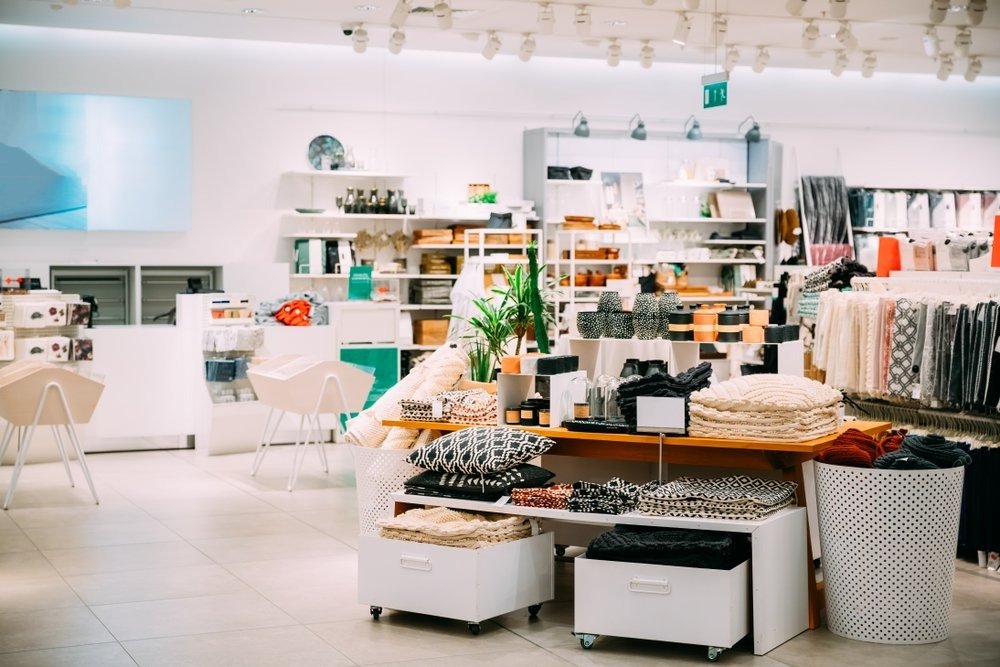
5. Encouraging Impulse Purchases
A well-thought-out visual merchandising strategy can also lead to an increase in impulse purchases. By placing smaller, high-margin items near checkout areas or along customer pathways, you can encourage last-minute add-ons to their purchase. These strategically placed products offer customers convenient choices that they didn’t originally come for but are tempted to buy based on placement and presentation.
Tip:
Display smaller, complementary items near the checkout area to maximize impulse purchases and boost sales.

6. Communicating Promotions and Special Offers
Visual merchandising is a powerful tool for communicating special offers, promotions, or seasonal collections. Eye-catching signage, creative product arrangements, and promotional displays are used to draw attention to deals, increasing the likelihood that customers will take advantage of the offer. This not only drives immediate sales but also strengthens your brand’s perceived value.
At ShopConcept, we use visual merchandising techniques to ensure that promotions and offers are prominently featured, making it easy for customers to identify value propositions within the showroom interior.
Tip:
Incorporate well-placed promotional signage that clearly communicates offers without overwhelming the overall design of the showroom.
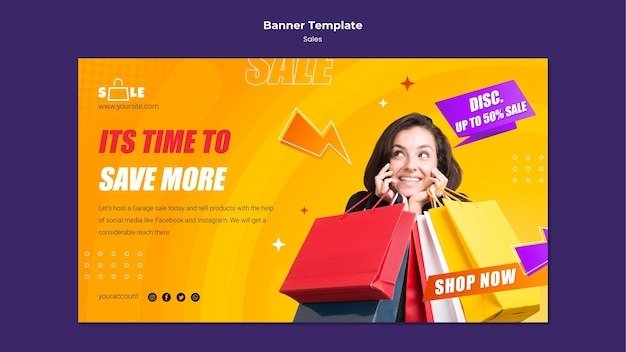
7. Building Brand Identity
Your showroom design is an extension of your brand, and visual merchandising is a critical element in reinforcing your brand identity. Every detail, from the colors and materials used to the arrangement of products, should be in harmony with your brand’s aesthetic and message. A cohesive visual merchandising strategy ensures that your brand is communicated consistently, helping customers connect with your identity on a deeper level.
At ShopConcept, we prioritize aligning the visual elements of your showroom with your brand values, creating an environment that tells your unique story.
Tip:
Ensure that all visual merchandising elements, from signage to displays, align with your brand’s colors, fonts, and tone for a cohesive look.
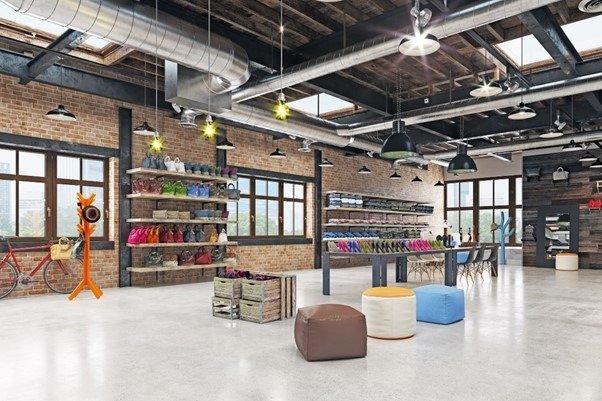
8. Boosting Customer Engagement
Interactive displays and immersive experiences are becoming more common in showroom interior designs, and visual merchandising plays a crucial role in boosting customer engagement. Incorporating hands-on product displays, interactive touchscreens, or even live demonstrations can increase customer involvement and make the shopping experience more memorable. The more customers engage with your products, the higher the chances they will make a purchase.
Tip:
Use digital displays, product demo areas, or interactive elements to engage customers and make the experience more dynamic.

Conclusion
In the world of showroom design, visual merchandising is key to creating a space that not only looks great but also drives customer engagement and sales. From guiding the customer journey to building brand identity and promoting special offers, effective visual merchandising enhances the overall shopping experience and sets your showroom apart from the competition.
At ShopConcept, we specialize in creating showroom interior designs that are visually captivating, functional, and aligned with your brand’s goals. Let us help you design a showroom that leaves a lasting impact on your customers. Contact us today to learn more!
